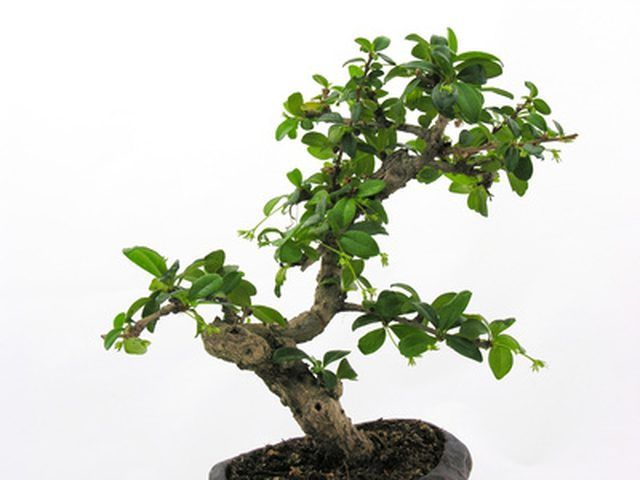Bulbs
Flower Basics
Flower Beds & Specialty Gardens
Flower Garden
Garden Furniture
Garden Gnomes
Garden Seeds
Garden Sheds
Garden Statues
Garden Tools & Supplies
Gardening Basics
Green & Organic
Groundcovers & Vines
Growing Annuals
Growing Basil
Growing Beans
Growing Berries
Growing Blueberries
Growing Cactus
Growing Corn
Growing Cotton
Growing Edibles
Growing Flowers
Growing Garlic
Growing Grapes
Growing Grass
Growing Herbs
Growing Jasmine
Growing Mint
Growing Mushrooms
Orchids
Growing Peanuts
Growing Perennials
Growing Plants
Growing Rosemary
Growing Roses
Growing Strawberries
Growing Sunflowers
Growing Thyme
Growing Tomatoes
Growing Tulips
Growing Vegetables
Herb Basics
Herb Garden
Indoor Growing
Landscaping Basics
Landscaping Patios
Landscaping Plants
Landscaping Shrubs
Landscaping Trees
Landscaping Walks & Pathways
Lawn Basics
Lawn Maintenance
Lawn Mowers
Lawn Ornaments
Lawn Planting
Lawn Tools
Outdoor Growing
Overall Landscape Planning
Pests, Weeds & Problems
Plant Basics
Rock Garden
Rose Garden
Shrubs
Soil
Specialty Gardens
Trees
Vegetable Garden
Yard Maintenance
How to Keep a Bonsai Tree From Dying
How to Keep a Bonsai Tree From Dying. Like all living things, bonsai trees are susceptible to diseases, become unhealthy and in some cases die when they do not receive proper care. The good news is that you can employ basic tactics to increase the odds of growing healthy bonsai trees. Although each bonsai tree species requires slightly different...

Like all living things, bonsai trees are susceptible to diseases, become unhealthy and in some cases die when they do not receive proper care. The good news is that you can employ basic tactics to increase the odds of growing healthy bonsai trees. Although each bonsai tree species requires slightly different care, there are common care procedures that apply to most species that can reduce the odds of the tree becoming sick and dying. Excessive feeding and watering are the primary causes of unhealthy bonsai plants.
Things You'll Need
Pot with large drainage holes
Wire mesh
Natural or artificial light
Water
Garden clippers
Fertilizer
Fungicide
Sodium bicarbonate
Horticultural oil
Check your pot for proper drainage. Your bonsai tree should be in a pot with large enough holes so the roots do not sit in water. The health of your bonsai tree depends on strong roots; root rot occurs when the roots sit in water, thus reducing the overall health of the tree. Cover the holes with wire mesh to keep the soil from falling out of the pot.
Provide adequate light to your bonsai tree. Put your bonsai tree in a location that gets sunlight at least half the day. Place indoor bonsai plants in windows where sunlight, unobstructed from trees or buildings, shines. Illuminate indoors bonsai trees with artificial light if they need to be located away from a window and in winter months, when light naturally diminishes.
Water your bonsai tree judiciously; too much water results in root rot. Test the soil for moisture before watering. Touch the soil with your finger to check for dry soil. Water your bonsai tree only when you detect dry soil. Place your bonsai tree in the shower to simulate rain or soak your bonsai tree in the sink or a tub for approximately 10 minutes. Remove the tree from the water and allow it to drain well.
Prune the roots of your tree each time you re-pot the tree. Trim approximately 1/3 of the roots. Cut off all dead roots. Re-pot trees less than three years old once a year in the spring. Re-pot more mature trees every two to four years. Re-potting prevents the tree from becoming root bound. Root bound trees fail to thrive.
Feed your bonsai tree sparingly; over-feeding burns the roots. Add food when soil is moist. Feed your plants with organic fertilizer such as fertilizer that contains fish emulsion or seaweed. Due to the absence of harsh chemicals, organic fertilizer reduces the chance of burned roots. Dilute chemical fertilizer if organic fertilizer is unavailable; add double the water called for in the instructions. Feed most bonsai trees only once a month.
Protect your bonsai tree against diseases. Intervene early when diseases manifest. Treat your plant with anti-mildew fungicide if powdery mildew fungus shows up on top of the leaves. Spray downy mildew, which appears grey in color on the underside of leaves, with a mixture that consists of 1 tbsp. sodium bicarbonate, 2 tbsp. horticultural oil, and 1 qt. of water.
Tips & Warnings
Read information about your specific bonsai trees. Although there are basic principles for raising bonsai trees, different bonsai species require different care.